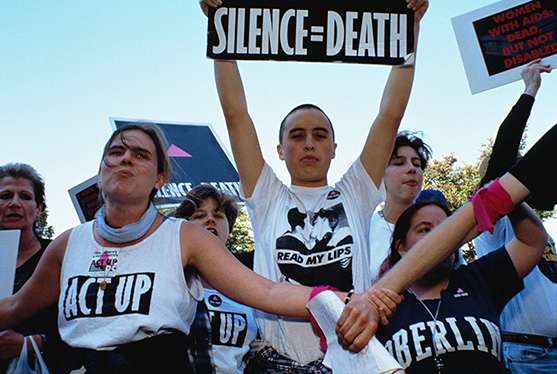
From the Scholars Strategy Network, written by Jennifer Oser of Ben-Gurion University of the Negev in Israel, Marc Hooghe of the University of Leuven in Belgium and Sofie Marien of the University of Amsterdam in the Netherlands. Edited for Journalist’s Resource.
In every election cycle, news stories tout the potential of online activism to engage people who have historically been less engaged in offline politics — particularly young people, women, and people with less education and income. Could this be true? If so, there would be new possibilities for enlarging American democracy — in an age when 1 in 3 eligible U.S. adults skips voting in presidential elections and two-thirds of potential voters fail to show up in midterm elections.
But what if online activism mainly offers ways for citizens who are regularly politically active offline to amplify their already loud voices? In that case, online political opportunities would largely reinforce existing political inequalities.
Using national data on Americans who engage in various types of online and offline political participation, our research examines the evidence about these competing “new mobilization” and “reinforcement” perspectives on the impact of online activism.
Who Participates Online?
We start by noting the percentage of the U.S. population engaged in various kinds of online and offline political activities, using data from a 2008 Pew Survey that asked a national sample of Americans whether they had performed each act at any point in the previous 12 months.
Probing further, we used a novel statistical technique called latent analysis to see whether some people are especially active online but not very politically active offline. Then we compared the characteristics of online activists to those of other kinds of participants.
Four Types of Political Participants
In our data, we find four distinctive types of participants.
- Online specialists: About 8 percent of Americans constitute a relatively small group of citizens who are especially active online, involved in activities such as online petitioning and joining an online political group.
- Offline specialists: 9 percent of the U.S. adult population primarily engage in offline political activities such as demonstrating and being an active member of an organization that tries to influence policy.
- Contact specialists: Another 10 percent of Americans engage both online and offline in contacting activities, ranging from contacting a government official in person to emailing a national official about an issue of personal importance.
- Disengaged people: 73 percent of the U.S. adult population is relatively unlikely to vote or engage in any other sort of political activity either online or offline.
No Simple Technological Corrective for Class Gaps
Can those who hope for broader and more equal participation in American democracy take new heart from recent trends, including the spread of online activism? There are some hopeful tendencies in our data. Although research since the 1960s indicates that older men tend to be the most politically active, in our 2008 data we found that women are just as politically active as men. We also find that young people have become highly active in online forms of political engagement.
But our findings contain discouraging news about persistent class gaps, because online political activity in 2008 largely reinforces longstanding inequalities in political participation. Compared to Americans with lower levels of income and educational attainment, Americans with higher incomes and educational attainment are much more likely to be politically active both online and offline. These findings are just a snapshot in time — but they suggest that the advent of new technological possibilities for online political activism has not, to date, become any kind of magic cure for participatory inequalities in U.S. political and civic life.
In the years ahead, online political activism is likely to evolve more swiftly than offline activism. But evolving forms of online engagement could simply increase the leverage of people who already have many participatory tools at their disposal. Anyone who hopes that the Internet will readily draw millions of previously unengaged Americans into the political process should realize that, even though online activists are increasingly likely to include young people and women, they may very well continue to be wealthier and better educated than most of the U.S. population.
Related research: Read more in Jennifer Oser, Marc Hooghe, and Sofie Marien, “Is Online Participation Distinct from Offline Participation? A Latent Class Analysis of Participation Types and Their Stratification,” Political Research Quarterly, 2013.
The authors are members of the Scholars Strategy Network, where this post originally appeared.
Keywords: hashtag activisim, online participation, political activism, activist, political participation, political debate, internet, Facebook, Twitter, Pew Internet Survey, politics
